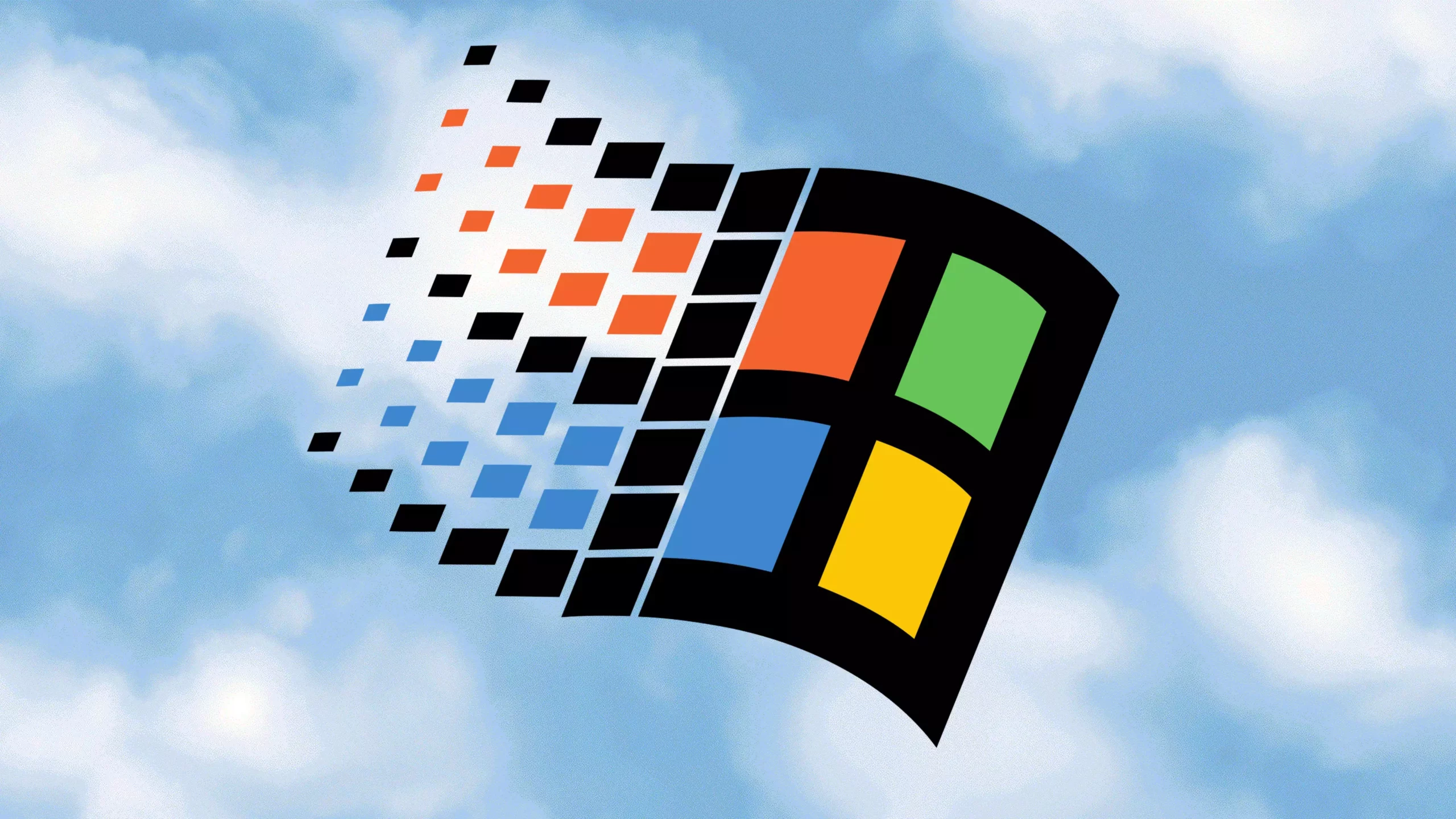In an era where nostalgia meets technology, one fearless individual has taken the leap into the past by attempting to install Windows 95 on a PlayStation 2 (PS2). This endeavor, led by the YouTube channel MetraByte, showcases not just tech innovation but also an audacious spirit that defies conventional thought. In a landscape where most hardware modifications revolve around playing modern games on older hardware or running emulators, this project stands out for flipping the narrative: transforming a classic console into a makeshift PC running a quarter-century-old operating system. It’s an endeavor that challenges the assumptions of both gaming and personal computing.
Understanding the Challenge
While running a software designed two and a half decades ago may sound trivial, the technical hurdles involved are profound. Windows 95, a product of its time, was crafted for x86 architecture, while the PS2 operates on a MIPS-based processor. This fundamental disparity means that the modder cannot simply load the OS onto the console; instead, they must install an x86 emulator as a bridge between the incompatible architectures. The process isn’t just a matter of straightforward installation; it is akin to navigating a labyrinth where each turn presents new obstacles that require both creativity and technical prowess to overcome.
The Trials of Implementation
Anyone who has experienced the challenges of installing Windows 95 on traditional hardware can appreciate the frustrations that MetraByte faced. The attempt to get the PS2, dubbed affectionately as “Playdows 95,” to recognize essential peripherals is a testament to the challenges involved in retro computing. As the modder strives to configure mouse and keyboard inputs, the reality hits home: outdated technology doesn’t always play nicely with the contemporary expectations of users.
The video recounts several instances where the mouse fails to register, while a gamepad-keyboard hybrid garners mixed results at best. The narrative takes viewers through a rollercoaster of hope and despair, illuminating the complexities involved in such a daring project while simultaneously evoking fond memories of technological frustration from the 90s.
Chasing the Ultimate Goal: Doom
At the crux of this audacious project lies a common thread within the world of hardware modifications: the desire to play classic games, particularly “Doom.” This game, a cornerstone of the first-person shooter genre, exemplifies the high expectations gamers have, where the fluidity of gameplay hinges on intuitive controls. The irony of this situation isn’t lost; the ultimate goal becomes an exercise in frustration rather than delight. Without adequate recognition of the mouse, the gameplay experience suffers—a poignant reminder that technology, while celebrated for its innovation, can just as readily become a source of aggravation.
The narrative evolves from a simple modification task into a larger commentary on the expectations we have from our devices, echoing the sentiment that living in a retro-focused culture is more than just a love for the past; it’s an embrace of the challenges it brings.
A Reflection on Tech Culture
This adventure into the convergence of retro gaming and practical computing encapsulates a larger conversation about technology’s evolution. The modding community thrives on experimentation, pushing boundaries to combine the old with the new. Projects like these not only keep the love for classic systems alive but deftly bridge the gap between nostalgia and innovation.
MetraByte’s endeavor reminds us that, while technology can be a pathway to nostalgia, it is also fraught with trials—the essence of tinkering that defined early computing culture. Importantly, this wasn’t the first instance of such an attempt, as other modding enthusiasts had previously explored similar feats, such as the well-documented efforts on the Nintendo DS. These stories weave a rich tapestry of innovation and creativity that highlights the increasingly blurred lines between hardware and functional artistry.
This brave modder’s story reflects a community united in curiosity and innovation, ever eager to tackle the challenges of yesterday to create experiences anew. In a world chasing the latest and greatest tech, perhaps there is much to gain from revisiting and reimagining what once was.

